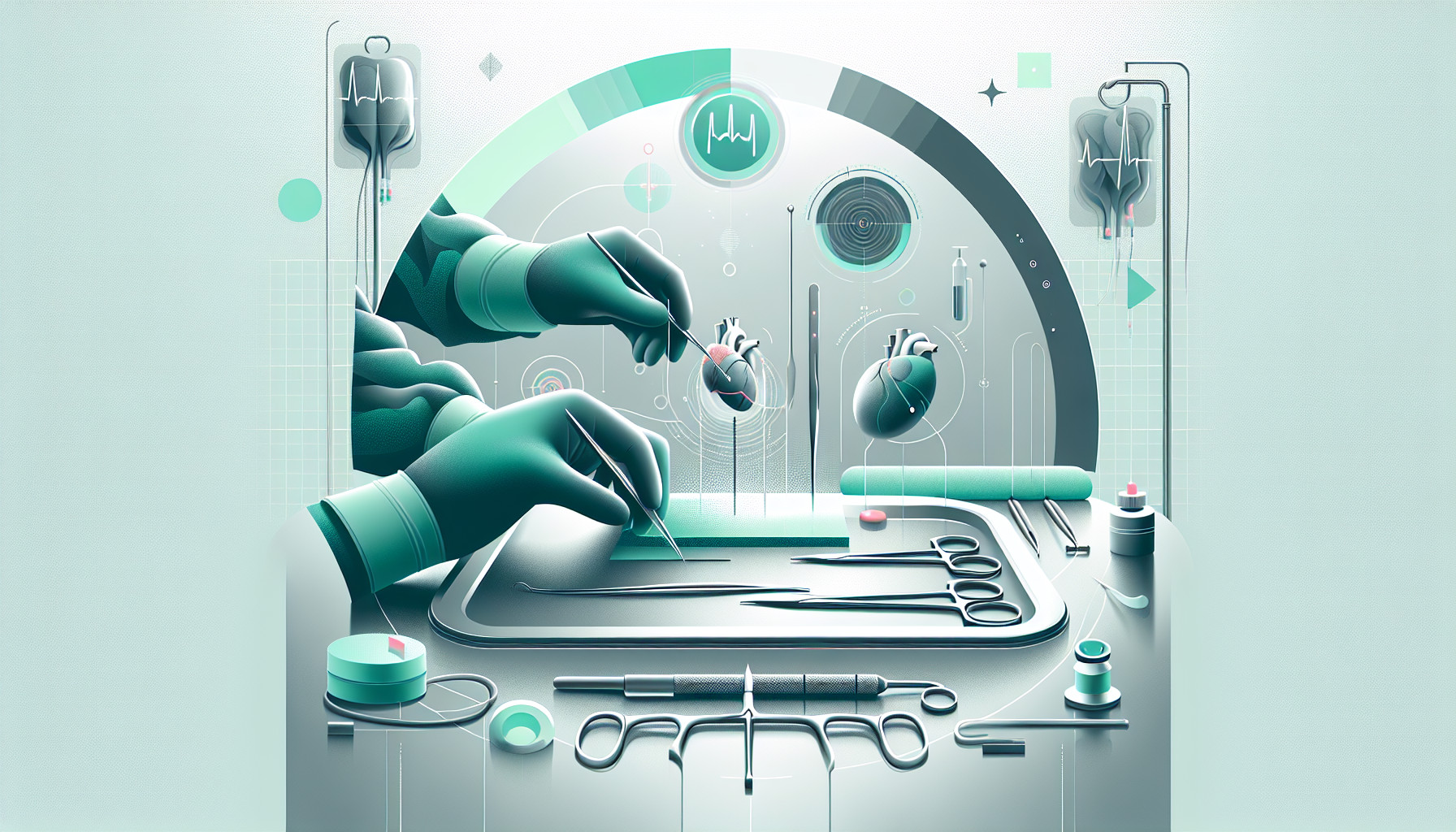Our Summary
Unfortunately, without an abstract or more context from the research paper, it’s hard to provide a full layman’s term summary. However, given the keywords, the paper likely discusses studies or cases related to cancer (carcinoma) in female reproductive organs (uterine and other genital neoplasms) and possibly their correlation or impact on the spleen. It may also discuss different surgical procedures used to treat these conditions.
FAQs
- What is a splenectomy and how does it relate to carcinoma?
- Can a splenectomy be used as a treatment method for female genital neoplasms?
- What is the connection between splenectomy and uterine neoplasms?
Doctor’s Tip
After a splenectomy, it is important to be vigilant about staying up to date on vaccinations, particularly for infections such as pneumonia and meningitis, as the spleen plays a key role in the body’s immune system. Be sure to consult with your healthcare provider about any necessary precautions to protect your immune system post-surgery.
Suitable For
Patients who may be recommended for splenectomy include those with:
- Severe trauma or injury to the spleen that cannot be managed conservatively
- Hematologic disorders such as hereditary spherocytosis, autoimmune hemolytic anemia, or idiopathic thrombocytopenic purpura (ITP) that are not responding to other treatments
- Splenic tumors or cysts that are causing symptoms or complications
- Certain types of cancers that have spread to the spleen and cannot be managed with other treatments
- Severe infections of the spleen that are not responding to antibiotics or other treatments.
Timeline
Before splenectomy:
- Patient is diagnosed with a condition that requires removal of the spleen, such as a ruptured spleen, splenic tumor, or certain blood disorders.
- Patient undergoes pre-operative evaluations and tests to assess their overall health and to determine if they are a suitable candidate for surgery.
- Patient may be advised to receive vaccinations to prevent infections, as the spleen plays a role in the immune system.
- Patient is instructed on pre-operative preparations, such as fasting before surgery.
After splenectomy:
- Patient undergoes the surgical procedure to remove the spleen, either through open surgery or laparoscopic surgery.
- Patient is monitored closely in the recovery room for any complications or adverse reactions to the surgery.
- Patient may experience pain, fatigue, and discomfort in the days following the surgery, which can be managed with pain medications.
- Patient is discharged from the hospital once they are stable and able to manage their symptoms at home.
- Patient is instructed on post-operative care, including wound care, activity restrictions, and follow-up appointments.
- Patient may need to take antibiotics or receive vaccinations to prevent infections, as the spleen is an important organ in fighting off certain types of bacteria.
- Patient may experience changes in their immune function and may be more susceptible to certain infections, so they should be vigilant about seeking medical attention if they develop signs of infection.
What to Ask Your Doctor
- Why do I need a splenectomy?
- What are the risks and potential complications associated with a splenectomy?
- How will my overall health and quality of life be affected after the surgery?
- Will I need any special vaccinations or medications after the surgery to prevent infections?
- How long will the recovery process take and what can I expect during the recovery period?
- Will I need any follow-up appointments or tests after the surgery?
- Are there any alternative treatments or procedures that I should consider before undergoing a splenectomy?
- How will the removal of my spleen impact my immune system and ability to fight infections?
- Are there any long-term effects or complications I should be aware of after the surgery?
- How experienced are you in performing splenectomies and what is your success rate with this procedure?
Reference
Authors: Katebi Kashi P, Rojas C, Casablanca Y, Garg R. Journal: Int J Gynecol Cancer. 2020 Jul;30(7):1079-1080. doi: 10.1136/ijgc-2020-001259. Epub 2020 Mar 21. PMID: 32200351
